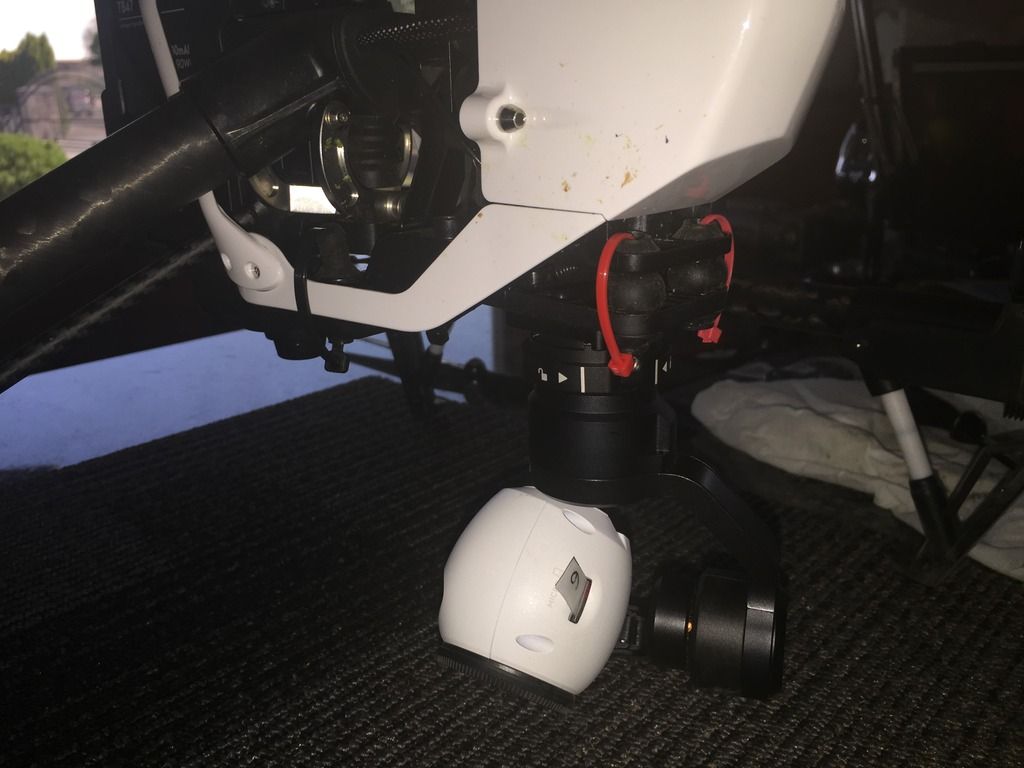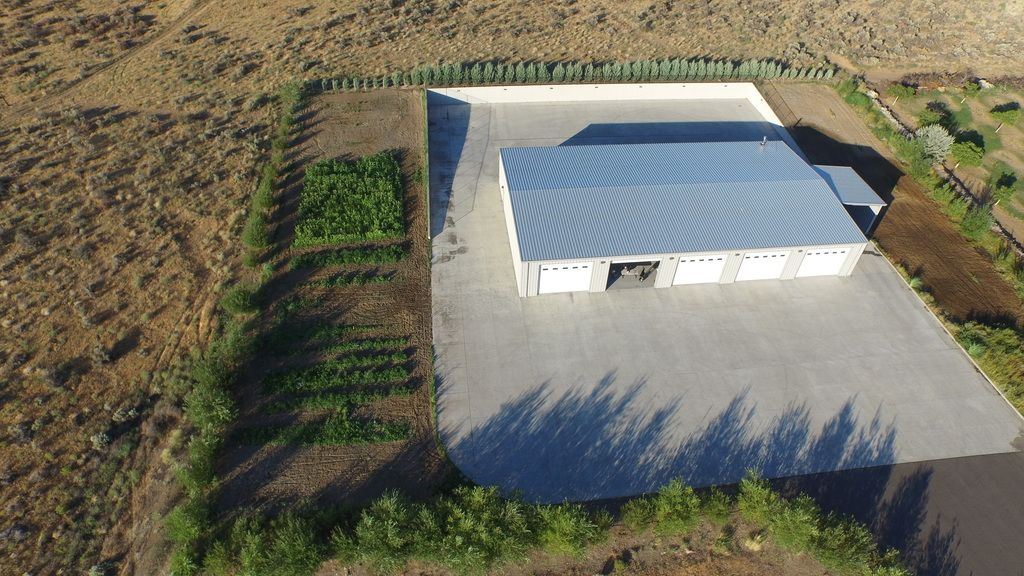- Joined
- Jun 14, 2015
- Messages
- 36
- Reaction score
- 3
- Age
- 58
I have had 3 'fly-away' incidences out of about 100 flights. The last one resulted in a crash which luckily only broke a prop and threw my camera about 25 feet from the crash site. I was able to reattach the camera and am ready to fly again. I plan to be more vigilant on compass and IMU calibrations. I have tried to re-update my firmware and get an 'abort' response so I am assuming that my firmware is in order. I also deleted and re-loaded my pilot app and only take off with fully charged everything.
For all 3 fly away events at take off it was immediately obvious that I was in trouble as the craft seemed to have a mind of it's own. It quickly drifted sideways, unable to safely land at that speed, I had to quickly climb to avoid obstacles. On my first fly away event the return to home button seemed to have some effect in reducing it's efforts to fly away. After a considerable fight I was able to wrestle the bird home for a barely safe landing. On my second fly away it appeared that after the bird got about a mile away that it lost radio contact and that may have initiated the RTH function resulting in a fairly safe landing.
The third event was more violent and the bird was far more uncooperative than before. I fought with it for about 5 minutes and was only able to get it to fly past me at probably about 50 feet away at an altitude of about 50 feet going at full speed. Despite my efforts to climb to a safer altitude it kept losing altitude until it eventually crashed into the ground.
I'm now reading that I should enable multiple flight modes and simply toggle the 'P-A-F' switch from P to A to go into 'atti mode' to stop the insane fly-away behavior.
I'm also reading that when experiencing a fly-away that simply unplugging the mobile device from the remote control will bring the bird under control.
It sounds like quite a few people have had similar experiences, any suggestions would really be appreciated. I don't want to crash my bird and I really don't want it to crash into somebody or their property.

For all 3 fly away events at take off it was immediately obvious that I was in trouble as the craft seemed to have a mind of it's own. It quickly drifted sideways, unable to safely land at that speed, I had to quickly climb to avoid obstacles. On my first fly away event the return to home button seemed to have some effect in reducing it's efforts to fly away. After a considerable fight I was able to wrestle the bird home for a barely safe landing. On my second fly away it appeared that after the bird got about a mile away that it lost radio contact and that may have initiated the RTH function resulting in a fairly safe landing.
The third event was more violent and the bird was far more uncooperative than before. I fought with it for about 5 minutes and was only able to get it to fly past me at probably about 50 feet away at an altitude of about 50 feet going at full speed. Despite my efforts to climb to a safer altitude it kept losing altitude until it eventually crashed into the ground.
I'm now reading that I should enable multiple flight modes and simply toggle the 'P-A-F' switch from P to A to go into 'atti mode' to stop the insane fly-away behavior.
I'm also reading that when experiencing a fly-away that simply unplugging the mobile device from the remote control will bring the bird under control.
It sounds like quite a few people have had similar experiences, any suggestions would really be appreciated. I don't want to crash my bird and I really don't want it to crash into somebody or their property.






